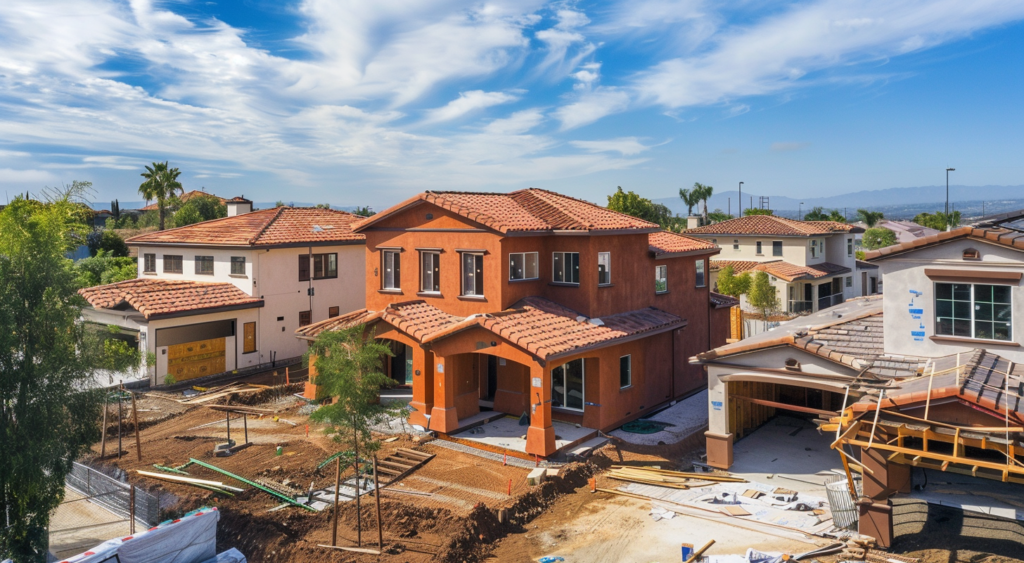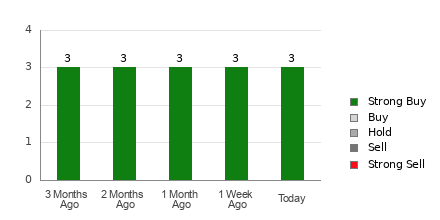
Amidst a cacophony of falling numbers, it has been revealed that the number of homebuilding projects initiated in January plummeted to the lowest rate seen since August, with the Midwest region bearing the brunt of the blow.
According to data from the U.S. Census Bureau, housing starts nosedived by 14.8% in January, with a substantial 35.8% plummet in projects commenced on multifamily dwellings. Similarly, starts on single-family homes saw a dip of 4.7%.
However, this decline doesn’t necessarily indicate a reduced demand for new homes. Recent data on new home sales displayed a contrasting narrative, as sales of single-family homes surged by an impressive 8% in December, following a 9% drop in November.
Kieran Clancy, a senior U.S. economist at Pantheon Macroeconomics, emphasized that the new housing starts data doesn’t undermine the broader upward trend exhibited by the data for single-family homes over the long run. “The monthly housing starts numbers are extremely noisy and prone to revisions, but the bigger picture is that single-family starts are trending higher,” he contended.
It’s worth noting that the recent dip could have been influenced by adverse weather conditions. The data unveiled that the steepest plummet in new starts was witnessed in the Midwest, which bared the brunt of winter storms, grappling with high winds and blizzards throughout January.
The current trajectory of mortgage rates could foretell further declines in home sales. Both new home sales and existing property purchases have been waning due to soaring interest rates, resulting in affordability challenges for many potential buyers.
Initial hopes for Federal Reserve rate cuts early in 2024 managed to drag mortgage rates down from their October peaks, but persistently high inflation readings have dashed these hopes. Consequently, mortgage rates have once again begun to ascend in recent weeks. Data from Freddie Mac revealed that in the week ending February 15, the average rate on a 30-year mortgage climbed to 6.77%, up from 6.64% in the previous week.
Echoing this trend, data from the Mortgage Bankers Association underscored a decline of 2.3% in home loan applications in the week ending February 9. “On the heels of consumer prices rising more than expected, mortgage rates increased this week,” remarked Sam Khater, Freddie Mac’s chief economist. “The economy has been performing well so far this year and rates may stay higher for longer, potentially slowing the spring homebuying season.”
Challenges for Housebuilders and Merchants
The recent data signaling a deceleration in house buying activity have reverberated negatively across housebuilders, despite some robust fourth-quarter results in the sector.
Shares in D.R. Horton DHI, the largest housebuilder in the U.S., have plummeted by 5.8% so far this year. In a similar vein, close rival Lennar LEN has managed just a 2% uptick. Shares in high-end home maker Pulte Group PMH are down by 0.8%, while Toll Brothers TOL have experienced only marginal gains.
The most significant impact has been experienced in the existing homes sector of the market, with sales steadily declining since February of the previous year. “Existing home sales are tracking near the lowest levels since 1995, which negatively impacts turnover in related home improvement purchases,” stated analysts at Bank of America.
This downtrend could potentially cast a shadow on stocks such as Home Depot HD in the forthcoming months. Thus far in 2024, shares in Home Depot have climbed by 5%.








